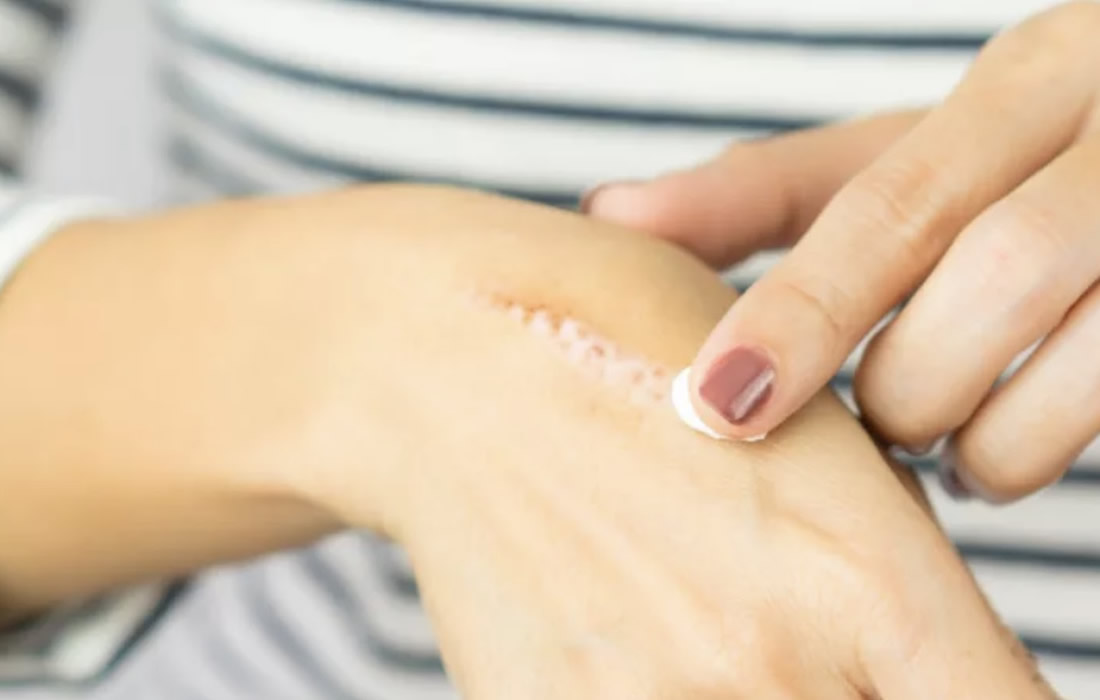Regenerative Medicine News and General Information
Skin Stem Cells in Skin Regeneration
Although it is hard to accept, many things in our bodies change with age. One of these is the ability of the skin to regenerate. Old skin is just not as good as young skin at healing wounds, but the underlying mechanisms are largely unknown.
A new study published in the Journal of Cell Biology by Daisuke Nanba and colleagues, from Tokyo Medical and Dental University have found that the ability of skin stem cells to heal wounds is linked with their ability to move towards the injury. Their study identified the signaling pathway of Epidermal growth factor receptor (EGFR) and COL17A1 as key players in the regulation of motility.
Skin stem cells, also called keratinocyte stem cells, are the ones responsible for skin regeneration and wound closure through a process called re-epithelialization. The lead author of the study Daisuke Nanba explains that: “Live-imaging and computer simulation experiments showed that human skin stem cells’ motility is coupled with their proliferative and regenerative capacity and old stem skin cells have significantly reduced motility.”
They compared the wound healing and proliferative ability of skin stem cells derived from young mice and aged mice, and found that the molecule EGFR drives skin stem cell motility and that EGFR signaling is reduced in old stem cells. This molecule acts by preventing the degradation of a specific type of collagen, called COL17A1, necessary to hold the layers of the skin together.
COL17A1 coordinates the movement of skin stem cells towards the injury site by regulating actin and keratin filament networks in the cells. The researchers found that with aging there is a decrease in EGFR signaling leading to lower levels of COL17A1 and skin stem cells, which lead to decreased re-epithelialization.
All of these factors can lead to the development of chronic nonhealing disorders, such as diabetic ulcers and pressure sores.
The research findings could lead to new treatment options for these type of conditions by targeting the EGFR-COL17A1 axis.
Sources:
Tokyo Medical and Dental University. “Skin stem cells get moving for enhanced skin regeneration.” ScienceDaily. ScienceDaily, 15 October 2021.
<www.sciencedaily.com/releases/2021/10/211015111201.htm>.
Image from:
https://www.lifespan.io/news/a-new-microporous-membrane-for-skin-regeneration/

